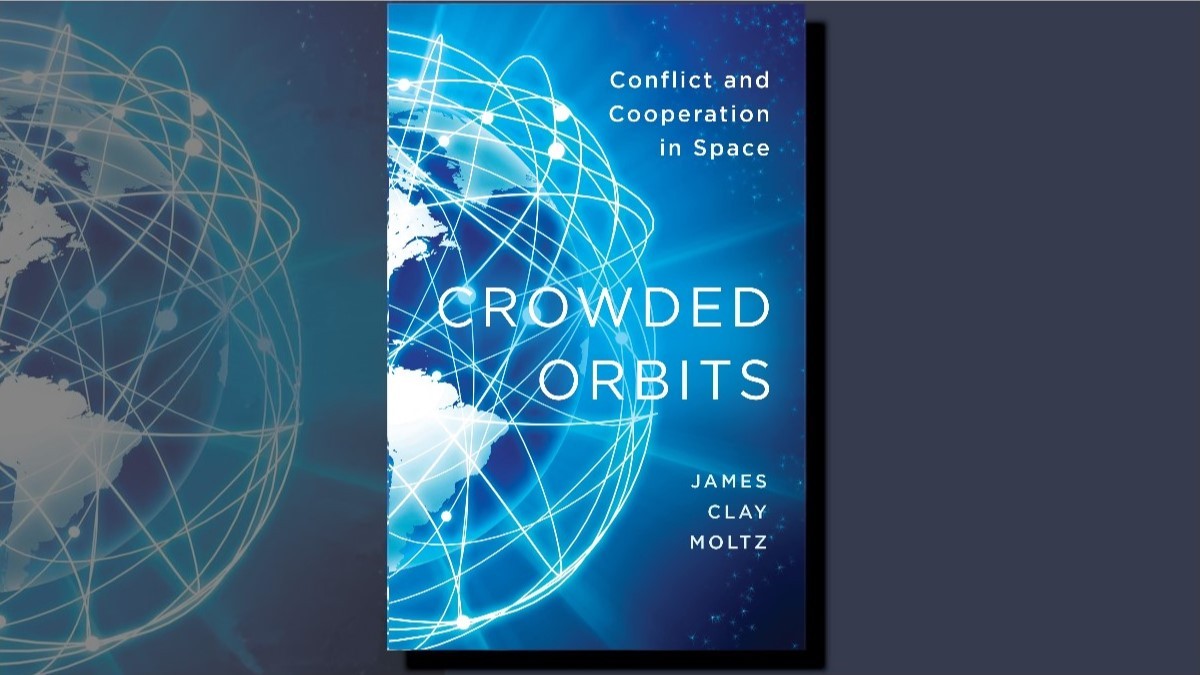Achieving Effects in the New Age
Victory smiles upon those who anticipate the change in the character of war, not upon those who wait to adapt themselves after the changes occur — Giulio Douhet
Since the establishment of the Australian Army, soldiers have combined tools and tactics to dictate tempo, influence perceptions, impose fear and anxiety, as well as innumerable mediums to defeat the adversary or achieve mission objectives. As we navigate to the future, the Australian Army should consider adapting to meet the new challenges of a perpetually expanding and increasingly complex networked information environment (IE). While the notion of operating via the information environment may not be new or unfamiliar, the revised approach achieves a decision in battle by incorporating rapidly advancing multi-functional information capabilities throughout the spectrum of conflict to preserve, generate, and apply an informational effect in concert with fires and manoeuvre to accelerate tempo and achieve a physical and cognitive advantage.
Much of the information environment revolves effects-based operations (EBO). EBO is not a framework, a system, or an organization--it is not service specific. Rather, it is a methodology or a way of thinking. Some may apply the terms of effects-based operations, operational systems analysis, or systems of systems. Accordingly, it encourages merging all national security tools across the spectrum of conflict. At its core is the exploration of control--creating the necessary effects to force an adversary to operate in accordance with our desire. Ultimately, mastering effects allow us to view the traditional military concepts of annihilation and attrition from a modern day perspective, which focuses on destruction, as only one method of achieving control over an adversary rather than the operative means of mission accomplishment.
Focusing on future effects-based operations requires an organizational and cognitive understanding. First, operations in the future will require a balance of regular and irregular competencies. Second, the enemy is smart and adaptive. Third, all operating environments are dynamic with an infinite number of variables; therefore, it is not scientifically possible to accurately predict the outcome of an action. To suggest otherwise runs contrary to historical experience and the nature of war. Fourth, we are in error when we think that what works (or does not work) in one theatre is universally applicable to all theatres. Finally, to quote General Sherman, “Every attempt to make war easy and safe will result in humiliation and disaster.” History is replete with examples and further denies us any confidence that the acute predictability promised by effects based operation’s long assessment cycle can strengthen our warfighting capabilities.
Enabling an effects-based mentality may elicit the support of orchestrating the information environment, which is not widely understood. The information environment is defined as the aggregate of individuals, organizations, and systems collecting, processing, disseminating or acting on information. Our ability to rapidly obtain, share, and apply information or knowledge about the environment is core to operating effectively in this space. The information environment spans from the strategic to tactical levels and provides a medium for affecting actions across the physical domains. Additionally, the electromagnetic spectrum (EMS) defines a pervasive physical medium spanning the information environment where vast quantities of information flow. The information environment is composed of three interrelated dimensions: the physical, including command and control systems, the supporting infrastructure, and human terrain; the informational, including the manner and flow information is collected, processed, stored, disseminated, and protected; and the cognitive, including the knowledge, attitudes, beliefs, and perceptions of people. Information Environment Operations represents a set of activities occurring via the information environment that is conducted at the operational or strategic level to achieve operational or strategic objectives. The information environment is similar to the physical manoeuvre domains – as it represents a “manoeuvre” space where the military advantage is gained or lost. Opportunities available during Phase 0 – steady state operations – must be leveraged to ensure long-lead time planning activities and conditions are set to enable Phase III operations.
Within that context, doctrine has properly retained the following ideas related to EBO:
- Better understanding the history and culture of a society, interaction among military, interagency, and international organizations, socioeconomic makeup, political systems, and other factors in the operational environment.
- Using mission analysis to visualize and describe commander’s intent, thus creating unity of action.
- Employing nodal/operational systems/system of systems analysis as it relates to targeting.
- Conducting periodic assessments of operations to determine progress toward achieving objectives. An example is applying an analysis of competing hypothesis (ACH) from an intelligence perspective to verify evidence confirms or denies the applicable desired endstate.
Commanders require tools to anticipate the physical and cognitive effects of particular courses of action. Physical effects (easier to model) present a more lucrative near-term target, but cognitive effects (the tougher challenge) may offer the larger payoff. Imagine a commander anticipating adversary actions and options well before they occur. The ability of the commander and staff to accurately forecast and shape the battlespace represents a crucial step toward achieving Sun Tzu's "acme of skill"--subduing the adversary without combat. Perhaps at some point in the future, this will transition us closer to imposing our will on the adversary without them realizing what occurred.
The tenets of EBO certainly apply to every medium of warfare. By applying an effects-based approach to all aspects of our profession, we will continue to discover innovative means of realizing our national security objectives. Our capabilities yield much more than target destruction--they influence behavior. In the end, that is what warfare is all about. War is not composed of the tactics of targetry or an algebraic approach to measuring effects resulting from our actions, but rather operations guided by commander’s intent and constant feedback loops.
The views expressed in this article and subsequent comments are those of the author(s) and do not necessarily reflect the official policy or position of the Australian Army, the Department of Defence or the Australian Government.
Using the Contribute page you can either submit an article in response to this or register/login to make comments.




